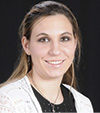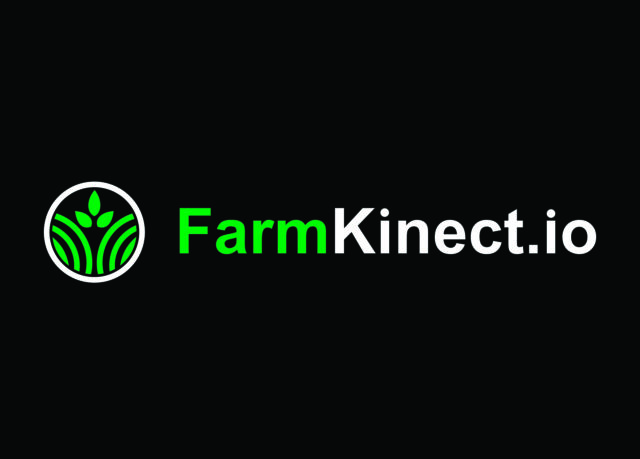The class pet is a classic schoolroom novelty that never gets old. But why stick to something that has to fit within the small parameters of a cage or aquarium? With modern technology, the right resources and a little creative innovation, there’s no saying that a dairy cow can’t be the next class project.
And that’s exactly what the Center for Dairy Excellence Foundation of Pennsylvania, along with partners the Midwest Dairy Council and the American Dairy Association North East, is doing through their “Adopt A Cow” classroom experience. Part of their “Discover Dairy” school program, this unique class project gives students the opportunity to follow the daily life and care of a dairy calf that’s all their own – without her ever needing to leave the farm.
Upon registration, participating classes are assigned a calf and receive a packet with her name and birthdate along with information about the farm she lives on and her routine of daily care. Throughout the year the class will receive photos of their heifer, updates on her life and in-class activities to complete. The real cherry on top for students is a live video chat with their calf and her caretaker towards the end of the school year. This provides them an opportunity to not only learn from the farmer’s own testimony, but to also ask their own questions.

Discover Dairy targets elementary and middle school students, with a focus on teaching the role dairy plays in the school and community. “It brings a taste of the farm to the classroom,” says Mary Foote, the dairy education program manager at the Center for Dairy Excellence Foundation. “Teachers love it because it preps students for those end-of-the-year exams while learning something different.” Additionally, she notes that all the lessons in the program, including Adopt A Cow, meet Common Core standards for math, science and reading.
The concept for Adopt A Cow was inspired when the son of Jayne Sebright, the center’s executive director, came home from school and announced his class had adopted a jaguar from Africa. “That’s when she had her ‘Aha!’ moment,” Foote says. If far-off exotic wild cats could now make their way into the modern classroom, why not get a little closer to home with a dairy cow?
For many students, Adopt A Cow is the first meaningful encounter with dairy beyond the grocery store. As Sebright points out, seeing a calf live on screen is the closest they can get to a farm tour without physically coming out. Sebright, herself a dairy farmer, has provided her own calves for use in the program.
“We keep it very simple,” she says. “We don’t put much money or fanfare into it, but the kids and teachers love it.” As with the students, Sebright finds the video chat to be her favorite, most rewarding part. Being able to see the kids’ excitement and eagerness to learn speaks volumes to the foundation’s success.
“Our end-all goal is for students to have a better connection with dairy,” Foote says. “We want to connect students with where their food comes from and have respect for the ag industry.”

Currently, 776 educators are using the Discover Dairy curriculum nationwide. Of those, over 450 students from 16 classes concluded the past school year meeting their adopted calves via video chat. Foote hopes the program becomes more and more utilized and made readily available. So far, that outlook is very encouraging with a total of 105 classrooms already enrolled for the next school year. More farms have approached the foundation, asking to be involved and volunteering animals. Foote says they are hoping to utilize these additional calves in the coming school year.
Foote points out that it isn’t always easy for teachers to find good materials that are standards based. Likewise, it is rare to see agriculture education programs that provide a personal in-depth encounter with the industry. This happy medium makes Discover Dairy so valuable, the best part being that it’s completely free to any school that would like to participate.
Any dairy families interested in sharing their calves and knowledge are encouraged to reach out to their local school administrations. “Especially in more urban communities,” Foote says. “It gives farmers a great way to connect with their local consumers.” With the average American consumer being three to four generations away from the farm, Foote notes how important outreaches like Discover Dairy are for the industry. “As much as it is for the classroom,” she says, “it’s for our farmers as well.” ![]()
Jaclyn Krymowski is a 2017 editorial intern.
PHOTO 1: Comments, questions and letters from participating students expressed not only a profound interest and genuine excitement, but also a hunger for learning more.
PHOTO 2: Adopting a calf gives students the opportunity to form a deeper, more personal connection with dairy without ever having to step foot outside the classroom.
PHOTO 3: Jayne Sebright shares with students the commonplace items used in their calf’s care on a live video chat. Sebright has used her animals in the Adopt A Cow program since it began. Photos courtesy of the Center for Dairy Excellence Foundation of Pennsylvania.










